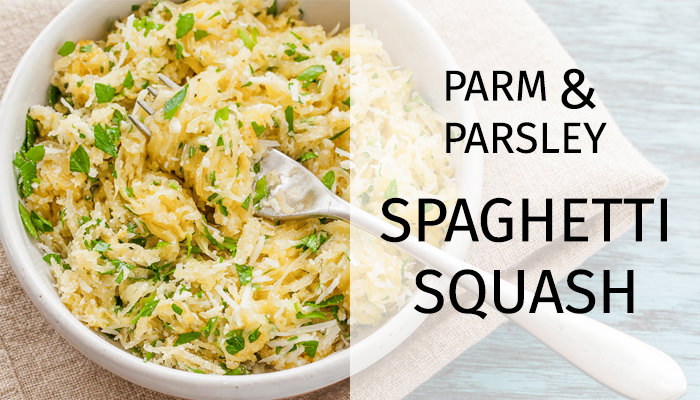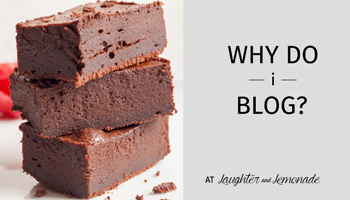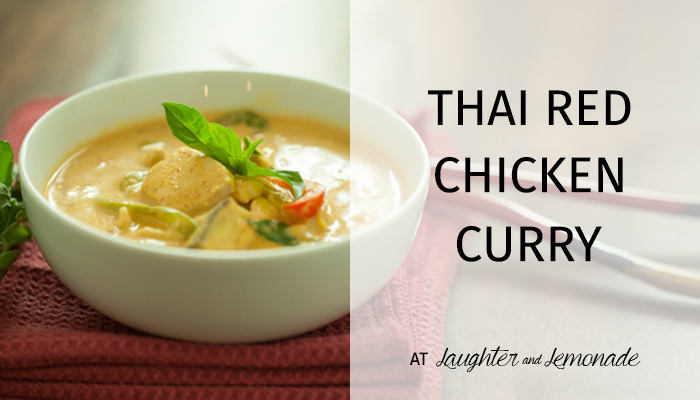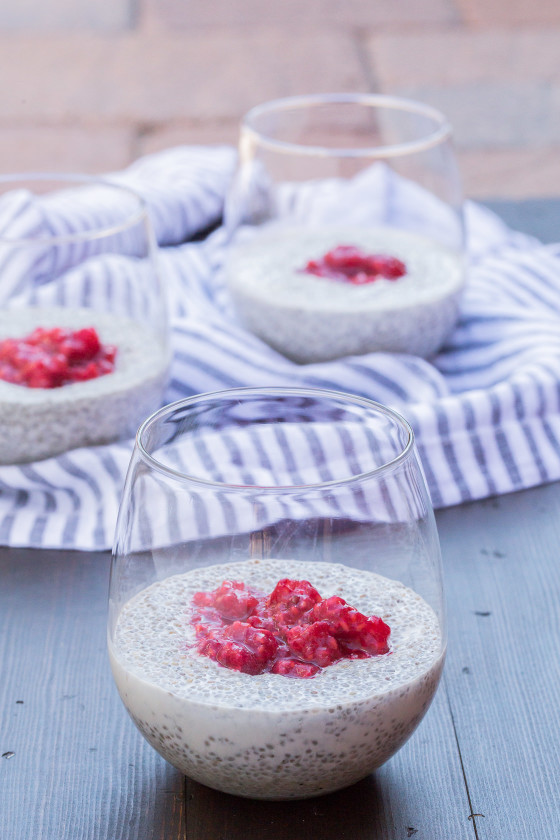
I am sooo late on this bandwagon. The chia seed pudding bandwagon, that is. On a trip to Chicago last year that included a lunch with my bff and her beau I, finally tried chia seed pudding. We had it as the dessert to top off our to-die-for lunch at Le Pain Quotidien. Wow. Why hadn’t I tried this delightful dish yet?!
When I got home from that trip? You guessed it. I got straight into the kitchen to play around with making chia seed pudding. This is my fav version so far, which is just fab because it’s also the simplest.
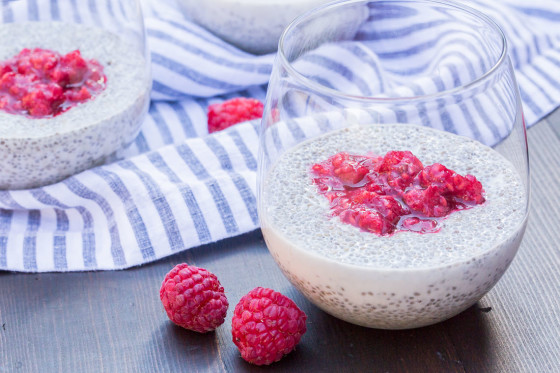
Just combine { 1/2 cup canned coconut milk } + { 2 tablespoons chia seeds } + { 1 tablespoon maple syrup }. Stir it all together, cover, refrigerate, and bam. You have chia seed pudding.
I do this the night before, or on the weekend I make a couple and pop them in the fridge. Then, when it’s brekkie time I mash up some raspberries for the top cause I like being able to get little bits of this natural raspberry “topping” or “sauce” in every bite. You can even make this an on-the-go breakfast if you make these in little mason jars or small tupperware! Then, on your way out the door, just grab and go to work/ school/ or wherever you do yo thang. A healthy breakfast (or snack!) is just that easy.
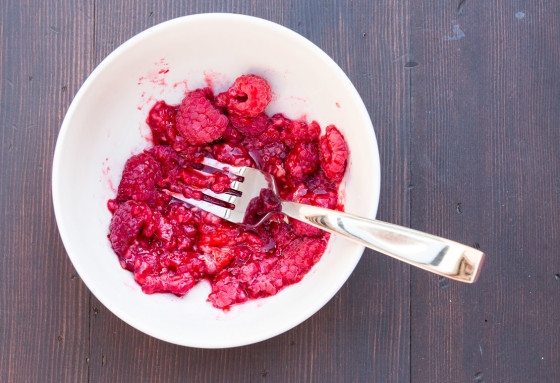
Make it Your Own. The flavoring and sweetening possibilities are endless. Add cinnamon, vanilla extract, cocoa powder, PB2 or almond butter. Top with your favorite fruit: raspberries, strawberries, mango, blueberries, blackberries, pineapple, apple, pear, plum, persimmons, figs, whatever you want. The amount of sweetness you add is also up to you! Use up to 2 tablespoons of maple syrup per serving if you like things sweet. Instead of maple syrup, you could even use honey, mash a banana, agave, brown rice syrup, or blend the coconut milk with dates. Plenty of vegan, paleo, plant-based, gluten-free whole foods options to fit whatever way of eating works for you.
What’s all the fuss above chia seeds anyway? In two tablespoons of chia seeds (the amount in this recipe), you get:
- 4 grams of protein
- 6 grams of fiber (most of which is soluble)
- 8 grams of fat (including 4,212 mg omega-3 fatty acids)
- 14% of your daily calcium
- 8% of your daily iron
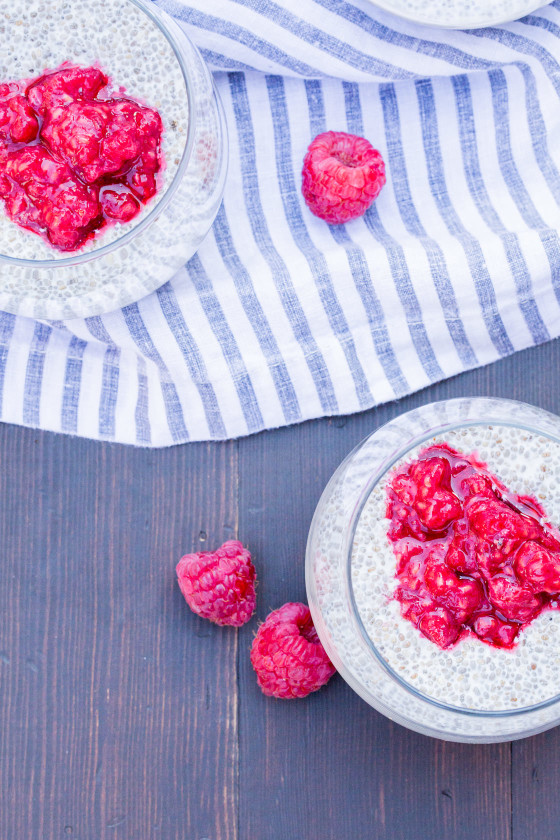
Why do we care? I’m gonna focus on the big guns so this post doesn’t turn into a book. I’ll start with the fiber. { Soluble fiber + glutamine } is essential to gut health. Fiber that’s soluble (versus insoluble) can absorb water. When it does, it can form gels. If you’re familiar with chia seeds at all, you knowwww they’re soluble. Those babies gel-up liquids in no time! Second, amino acids are the single building blocks or components that make up proteins. If you’re healthy, or rather if your immune system isn’t compromised or your body isn’t under great stress fighting a disease or condition, you don’t have eat foods containing glutamine because your body makes it. This is why it’s called a conditionally essential amino acid. So your body’s making glutamine, you add soluble fiber via chia seeds, and wa-bam: you’re giving your intestinal cells the exact foods they needs to have energy, grow, repair or maintain themselves. Essentially you’re fostering healthy cells that line the portion of your GI tract that’s responsible for absorbing nutrients. That’s why it’s essential that these cells are healthy… they’re responsible for absorbing energy, vitamins, and minerals! Did i just say the same thing 5 times? Or do you totally get it now?
Now onto the omega-3’s. These little seeds contain A LOT of omega-3’s, a healthy fat linked with decreasing inflammation. Inflammation is linked with all kinds of diseases like diabetes for example. Keep in mind though, that studies show humans are inefficient in converting the type of omega-3 (ALA) in chia seeds into forms the body can use (EPA and DHA). See resources 1, 2, and 3 at the bottom of the post to cite that info. However, recent studies show that this may not be accurate. We might actually be able to absorb and use more omega-3’s from chia seeds than we thought!
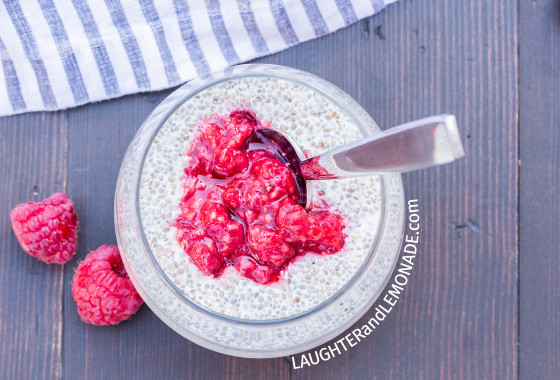
So like all nutrition… remember you can find research to support both sides of most every argument. This is why I try not to get too hung up on these little details. I just eat a variety of dang good food and move on with my life. Keep some variety in your diet and you’re covered. And try some chia seed pudding.
Make it now or Pin it for later!
- ½ cup canned coconut milk
- 1-2 tablespoons maple syrup (2 if you like things sweet)
- 2 tablespoons whole chia seeds
- ½ cup fresh raspberries
- Stir coconut milk, maple syrup, and chia seeds together in a measuring cup with a pour spout.
- Pour mixture into a single serving dish or glass, cover, and refrigerate overnight.
- Mash the raspberries in a bowl with a fork. Remove chia pudding from the fridge, uncover it and top with your mashed berry "sauce" (or whatever fruit you like) and enjoy!
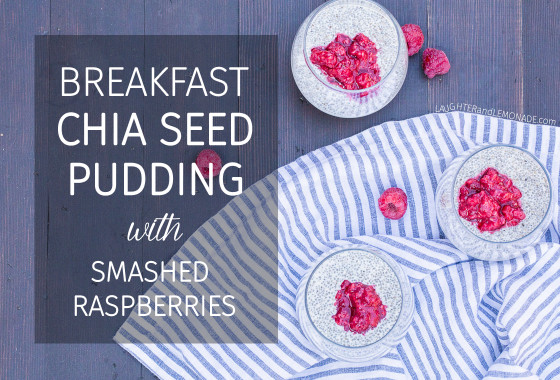
Resources
- Jones PJH, Kubow S. Lipids, Sterols, and their Metabolites. In: Shils ME, et al., eds. Modern Nutrition in Health and Disease: Tenth Edition. Baltimore, MD; Philadelphia, PA: Lippincott Williams & Wilkins (2006) pp. 92-122.
- Burdge, Graham C, and Philip C Calder. “Conversion Of Alpha-Linolenic Acid To Longer-Chain Polyunsaturated Fatty Acids In Human Adults.” Reproduction, Nutrition, Development45.5 (2005): 581-597. MEDLINE Complete. Web. 1 Nov. 2015.
- Gerster, H. “Can Adults Adequately Convert Alpha-Linolenic Acid (18:3N-3) To Eicosapentaenoic Acid (20:5N-3) And Docosahexaenoic Acid (22:6N-3)?.” International Journal For Vitamin And Nutrition Research. 68.3 (1998): 159-173. MEDLINE Complete. Web. 1 Nov. 2015.
